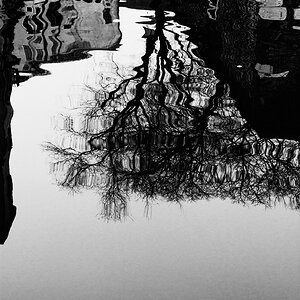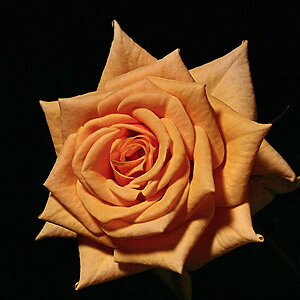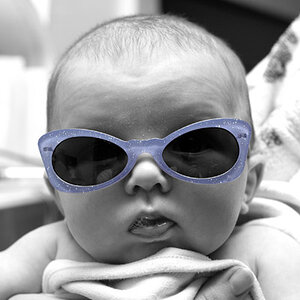Vinny
TPF Noob!
- Joined
- Mar 14, 2010
- Messages
- 667
- Reaction score
- 1
- Location
- New Jersey
- Can others edit my Photos
- Photos OK to edit
I won't speak for anybody else but when I was a newbie I did some stupid things and I still do stupid things whenever I do something new; I doubt anyone is immune to that. Heck, I do stupid things when I know what to do ... but that's another story :lmao:.
When I was first starting out I metered wrong and I had a whole roll of 36 exposures of - a black bear, deep in a cave, at midnight ... my excuse for not loading the film in correctly and not realizing the rewinder wasn't moving when I advanced the film .
.
I think the problem with some newbies is like I said - put a camera in their hands and they are great photographers. They don't know it takes years to become great, if you can become great. My son has a friend with a Nikon 300 and he was going to be a pro photographer because he has a great camera. All he knew was that he takes "great " photos. My son saw some of the photos I have taken in the past and the few I took with my new camera and said his friend isn't that good compared to me - and I am NOT professing that I am great. I have also seen photos from "pros" that I consider crap and wonder how they survive in that business.
Your suggestion of a photography class is a good one, I suggested to read and play around with the settings ... the truth is more knowledge is needed in order to take better photos.
When I was first starting out I metered wrong and I had a whole roll of 36 exposures of - a black bear, deep in a cave, at midnight ... my excuse for not loading the film in correctly and not realizing the rewinder wasn't moving when I advanced the film
 .
.I think the problem with some newbies is like I said - put a camera in their hands and they are great photographers. They don't know it takes years to become great, if you can become great. My son has a friend with a Nikon 300 and he was going to be a pro photographer because he has a great camera. All he knew was that he takes "great " photos. My son saw some of the photos I have taken in the past and the few I took with my new camera and said his friend isn't that good compared to me - and I am NOT professing that I am great. I have also seen photos from "pros" that I consider crap and wonder how they survive in that business.
Your suggestion of a photography class is a good one, I suggested to read and play around with the settings ... the truth is more knowledge is needed in order to take better photos.
This was not a spray and pray as you suggest it is but a take a photo with your meter reading "correctly" and learn from what happens when you deviate.
From the photo he posted, it looks like he is not metering "correctly", so why would it matter what it reads?
p!nK


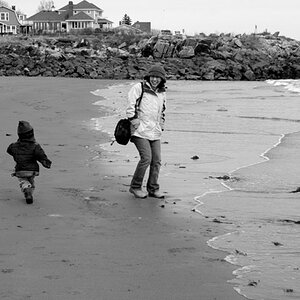
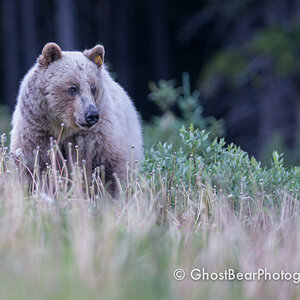
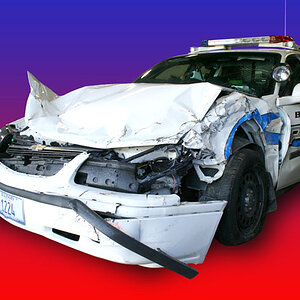

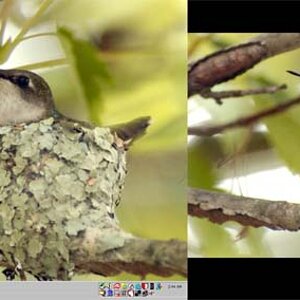
![[No title]](/data/xfmg/thumbnail/35/35268-34a315519597f60516d59124092e9bc2.jpg?1619736971)

![[No title]](/data/xfmg/thumbnail/35/35265-c9ea3efd2c618a57ea136e63ad106880.jpg?1619736970)

